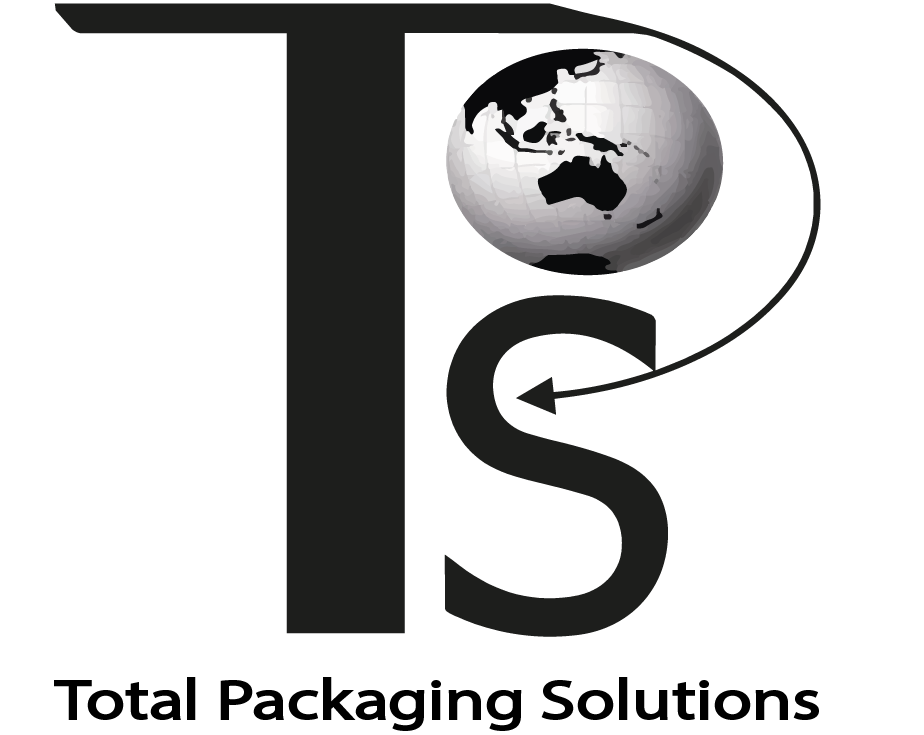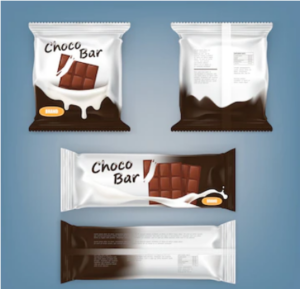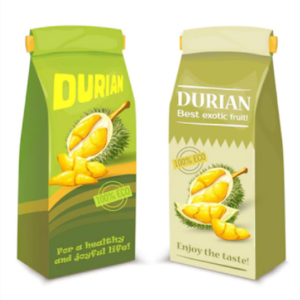Tips For Applying A Design To A Packaging Template
A packaging template can be a great way to give your product an attractive and professional appearance. However, if you don't know how to use it properly, you could end up with a design that looks amateurish or sloppy. In this blog post, we will discuss some tips for applying a design to a packaging template. By following these tips, you can create a high-quality and visually appealing package for your product!
Here are 38 Tips For Applying A Design To A Packaging Template
1. Use the Right Software
Package designers employ programs like Adobe Illustrator, InDesign, and Inkscape to create packages. Package designers prefer Adobe Illustrator over other applications because it has more features for package design.
2. Use the Templates That Have Been Provided for You
If given to you, follow the templates provided by your client or printer. If possible, try to get your design inside the template pre-approved with the printer as soon as possible, even if you continue to work on it. Do this more to ensure that the dieline is right; this pre-approval is not about the artwork.
3. Create a Dieline for your Design
The dieline, also known as the cutting plan, is a drawing (usually in the form of a sketch) that illustrates where your project will be sliced or perforated for folding and is essential to generating packaging designs, envelopes, and folders. It's critical to start off your project correctly from the beginning so you don't waste time going back and updating it later. It can take some time to create first-time dielines, so remember to save your work so you may use them as templates for future projects.
4. Work from a Pre-made Template
If you don't find a template that works for you, you may use one as a guide to saving time. Alternatively, if you have more creative freedom with the project, experiment with different designs and wow your family and friends with hand-crafted gift boxes created especially for them.
5. Follow Cutter Guides
Another mistake that designers frequently make while working on a package design project is to fail to follow the cutter instructions, ensure you can see them in your template, and if necessary, alter their colour.
6. First, Design a Label
If you are new to packaging design just start simple. Tackle the basics first and learn how to make label designs for products.
7. When in doubt, get rid of it
When it comes to package design, space is of the utmost importance, so only show the most essential parts in a design. If your design is cluttered, consider eliminating something.
8. Contrast is King
It's critical for packaging to be highly apparent. When designing packages that you want to stick out on the top shelf from across the room, use colour contrast to make the most important features stand out. Intensity contrast may be used with extremely bright hues, or lightness and darkness contrast, or a combination of both can work well.
9. Use Typographic Pairing
The art of mixing typefaces is referred to as typographic or font pairing. Because there isn't much room for the design in package design tasks, it's critical to include a lot of information, yet there isn't enough space. Font pairing enables you to tell separate regions in a close-knit motif apart and create a visual hierarchy by using typeface combinations. On the other hand, type pairings may be used to build cohesion between information by utilising the same font with minor changes, such as a slightly stronger or lower-case version of the same typeface. The ultimate goal of typographic pairing is to display the true connection between data via the type choices.
10. Make it Easy to Read
It's easy to read when you package things. Make it simple to read by using a typeface with a size that is acceptable for everyone, including those who wear reading glasses. At the very least, your text should be at least 6 points tall, and if feasible, try to incorporate essential information like 10 or more points of the text.
11. Add Illustrations
Without the use of some sort of representational element, a package design may appear to be quite basic. Illustrative features are also an opportunity to develop a brand story and show us more about a product visually.
12. Use Patterning
Tonal gradation, or colour grading, is a fantastic technique to add visual appeal and a decorative aspect to a design. You may also use patterning to distinguish different kinds of goods.
13. Allow space for more breathing room and visual impact
A large amount of space should be allocated around an item in the package design to make it stand out and have a visual presence.
14. Presentation Matters
All design, in some form or another, is about the presentation. Packaging design, on the other hand, is without a doubt the most essential. Is it possible to have a brand image or message when there isn't any communication? Does the packaging design establish with a bang or a murmur? Is the package design simple and ephemeral, with just one layer?
15. Add Layers
The packaging design process might be likened to opening a gift, especially for unique items—consider how the package will be opened and consider the various layers through which the package's entire presentation will be shown. Is there an outer box? What is the material of the inner box? Give your package design presentation multiple levels to help you make the most of it.
16. Packaging Is a Shield
Packaging serves two purposes in the consumer goods industry: appearing attractive and also providing a protective shield between the product and the environment. When selecting packaging, remember to account for this when determining how robust the material must be.
17. Consider Longevity
You should also consider how long the package should endure while designing one. Is it for perishable goods? Should the packaging sit on a shelf for ten years or more? Should it biodegrade in a month or two, as opposed to ten+ years?
18. Should be Budget-friendly
With most clients, you'll need to think about your budget carefully. If you're on a shoestring budget, consider using a rubber stamp to make a DIY packing label.
19. Consider where It will be displaced
Consider where the package will be placed, stored, and shelved while selecting a package. Will it need to stack side by side on a shelf and take up as little space as possible? Is it intended to be a showy product that stands out in the display at the centre of a store? This is an important point to consider when picking the form of your final product. If the item isn't properly displayed, it may appear strange or poorly designed.
20. Keep in mind the little things.
It's all too easy for a package designer to finish an excellent and well-balanced design only to discover that there are some undesirable elements, such as barcodes or promotional stickers, that must be integrated. Make sure to inquire if the packaging will include these features from the beginning and incorporate them into the design.
21. Use the 3D Revolve tool
Illustrator's 3D Revolve tool may be used to create mockups of your package designs. Rebecca Bilbrey has a video tutorial that walks you through the process of making a three-dimensional bottle and labelling it in steps.
22. Instead of a Bleed, Use an Offset Path
It might be difficult to create a bleed in Illustrator for your package design project because the packaging form isn't a simple, straightforward shape like a rectangle or circle. The easiest approach to get an accurate bleed is to utilise the offset path tool. To discover the offset path, go to Object > Path > Offset Path.
23. Transform the symbols into 3D models
Symbols are extremely beneficial in Illustrator since they may be used to map artwork converted to symbols to three-dimensional objects. If you have a 3D design that needs a label, Map Symbol will make it simple to add one with the appropriate perspective to your project.
24. Make a pair of mockups
Do you want to see how your work will look right away? Creative Market has a lot of photo-realistic mockups that allow you to quickly preview your work using Smart Objects in Photoshop.
25. Invest in some IRL tools if you are making your own packaging
If you're creating your own boxes and another packaging, a paper trimmer with scorer is required, as well as an embossing tool, Exacto knives, a ruler, a cutting board, drawing pencils, standard card stock, and an eraser.
26. Choose the right Box
A box is the most frequent package design. It's critical to learn all you need to know about the numerous boxes available so you may pick the appropriate solution for your project. Here are some of the different types of boxes: display box, matchbox, tuck-end construction, hinged neck box, neck box, clamshell box, tray with sleeve, book-style box, slash case, portable box with handles, hanging box (also known as a foldable container), folding box (also known as a compact storage solution or clovertainer) and collapsible container).
27. Choose the most appropriate Closure
As well as numerous closure kinds, boxes can be divided into smaller compartments. Magnetic, latch, tab, snap lock, and tuck are some of the closures available.
28. Sketch your concept
Before you begin in any application, start with some free-flowing creative concepting in pencil and paper. Sketches are an excellent method to see what types of packaging solutions may work, as well as how much space there is in a design for the information you need to include.
29. Use Good Quality Materials
If you're working on a client project, be sure to devote as much study time to the components as you would any other aspect of the design. Use high-quality materials if your clients have the funds.
30. Experiment with new materials
For high-end design projects, Neenah papers' Fibermark, a subsidiary, provides a variety of materials. The multi-faceted colours of the Illusion board have strong colour bleeding on each fold and side.
31. Try Eco-friendly packaging
The field of eco packaging has advanced considerably, and you can find a variety of eco-packaging alternatives at all costs. Ikea has come up with an interesting and inventive solution. They've just made public new packaging manufactured from mycelium that is biodegradable, lightweight, and efficient in keeping products stable during transport.
32. Cut it into a geometric design
Invest in a die-cut machine for your house or workplace, or try a printer that specialises in die-cutting. Die-cut printing is delicate and intricate or simple and bold. Die cuts of all shapes and sizes offer design depth. In many situations, they serve as a sort of peeking hole through which you may view the product itself.
33. Do Different Shapes
Recent years have seen designers experiment with unusual forms in order to give their items a contemporary and even futuristic appearance. The many Tetrapak designs for food and drink are among the most popular options. Tektrapak packaging is lightweight, protects food and drink effectively, fits conveniently on a shelf, and takes up less room when transported. Last year, Tetrapak debuted its first completely plant-based carton.
34. Wrap It Up
Tissue paper with a company's logo, monogram, design, or artwork is an easy method to add beautiful detail to your design without breaking the bank. It's seen quite a bit in glass containers of wine and spirits, as well as food items. You can also use the shrinkwrap style.
35. Be Innovative
Whether you're on a tight budget or not, you can always come up with a creative package design solution. The more knowledge you have about the materials and alternatives available to you, the easier it is to produce entirely unique designs.
36. Make the finishes perfect
The different types of paper have their uses in the world of packaging design. Glossy, matte, metallic, and more are examples of popular finishes. Spot varnish, hot and cold stamping, lamination, embossing and debossing, and die-cutting are some of the printing processes to explore.
37. Give it the Midas Touch it deserves
If you want to give your work a more polished, sophisticated appearance, add some features to the design, such as ribbons or twine.
38. Print it
When you're finished with your package design project, make sure you've adhered to the printer's requirements and saved it as a high-resolution print-ready file. You may offer the printer a high-resolution PDF or Adobe Illustrator file, as well as Pantone and/or CMYK colour information, to ensure that everything runs smoothly at printing time. To export your project to the printer in a hurry, use the Package function in Illustrator.
Feeling Overwhelmed with Custom Packaging Creation?
If all those tips seems too complicated, just drop us a message and we’ll gladly guide you in your Customised Packaging Solution







